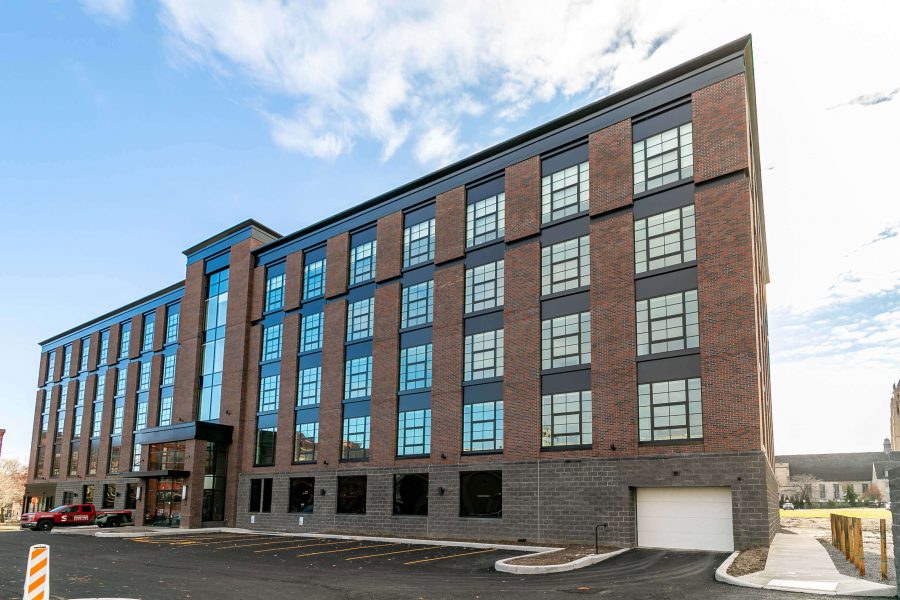The early 2000’s saw hundreds of mixed-use buildings erected across the country, as builders and developers sought to find new ways to blend urban style living with walkable communities. Mixed-use buildings are a combination of residential and non-residential buildings, ranging from a single building to an entire neighborhood. When done right, mixed-use developments promote improvements in home affordability, walkability to homes, workplaces, and amenities, and strong neighborhoods.
Location and Amenities
67% of homebuyers in 2015 were millennials, and one of the primary traits that every millennial homebuyer is seeking is walkability. Millennials prefer walking over driving and place a high value on living within walking distance of shops, restaurants, and work.
One of the most exciting features about mixed-use buildings are their location. Often strategically placed in density-packed areas located close to schools, libraries, and parks, mixed-use buildings provide a central home base with easy access to a number of amenities.
Less Risk from Diversification
Regardless of commercial or residential downturns, mixed-use buildings are typically a safe bet for investors. Because they offer both residential and commercial spaces, investors can limit the amount of risk their portfolio is exposed to. Besides that, mixed-use buildings also offer higher income, cash flow, longer leases, and less competition.
Walkability and Transportation
As cities grow and traffic builds, it’s no surprise that Americans are beginning to favor walking over driving as their preferred mode of transportation. As many as 48% of Americans would prefer to live in communities within walking distance of amenities. With walkability being at the top of the homebuyer’s list, it’s no wonder that more are starting to move into mixed-use buildings.
Greater Exposure to Customers
Developers and investors have a promising new clientele base when it comes to mixed-use buildings. Besides residential and commercial spaces for lease, mixed-use buildings have the potential to drive a lot of interest and foot traffic compared to their stand-alone store counterpart. Tenants in mixed-use buildings are often some of the greatest beneficiaries of commercial businesses in the building, which provide an income stream for both developers and businesses.
More Efficient Resource Use
Since commercial and residential tenants occupy one building, resources such as energy, trash disposal, and sewage can be used more efficiently. Municipalities save even up to 38% on infrastructure costs while serving compact developments opposed to large-lot subdivisions. Vertically mixed-use building can also reduce long-term maintenance costs over individual buildings, since services can be shared through residential and commercial spaces.
Ready to Construct a Mixed-Use Building?
At LeFrois, we believe building mixed-use facilities promotes jobs and growth in Rochester. If you’re interested in developing a mixed-use building, please contact us. During our conversation we can discuss feasibility, potential time frames, and if we are the best-fit general contractor for your project.
Related Posts

The Carnegie: New Mixed-Use Building in Rochester, NY

Mixed-Use Development Is Revitalizing Rochester

